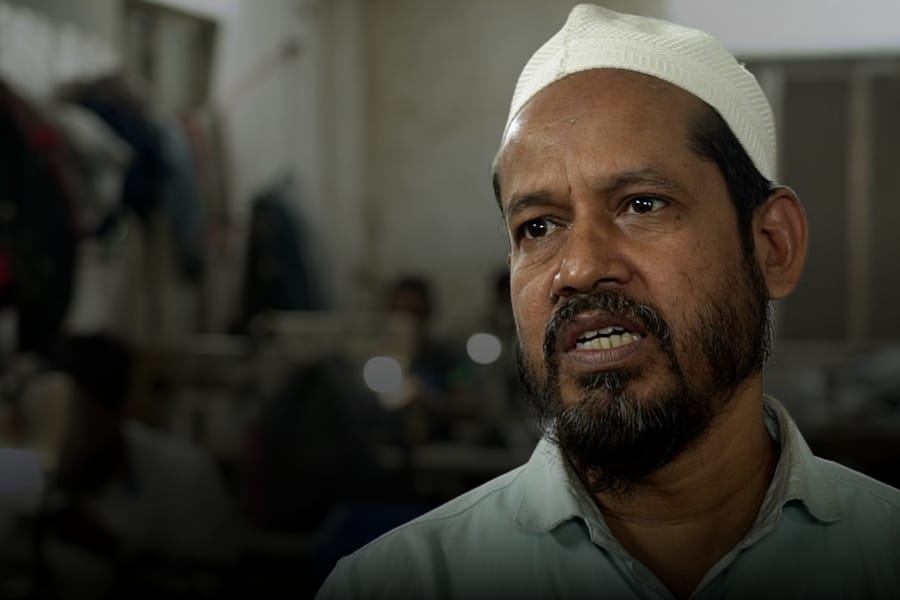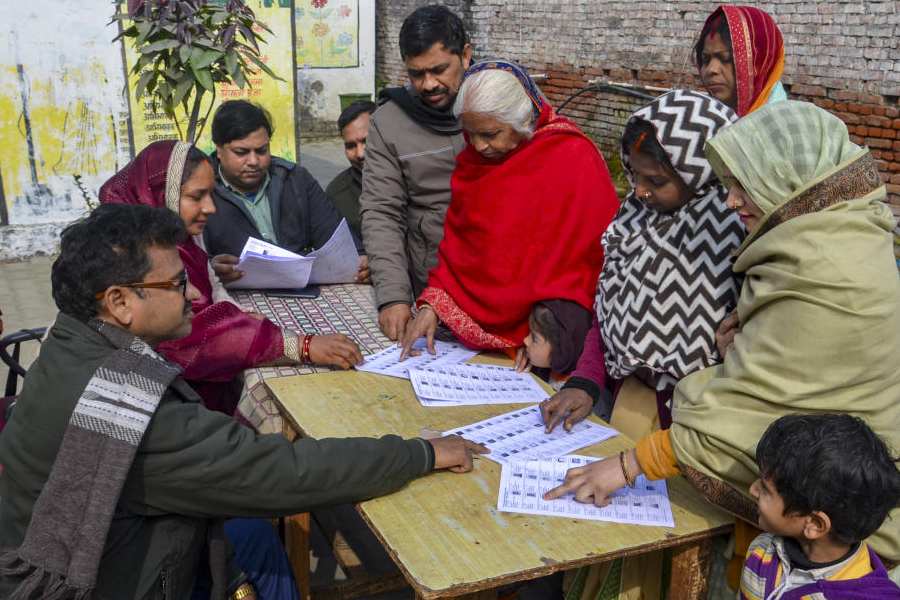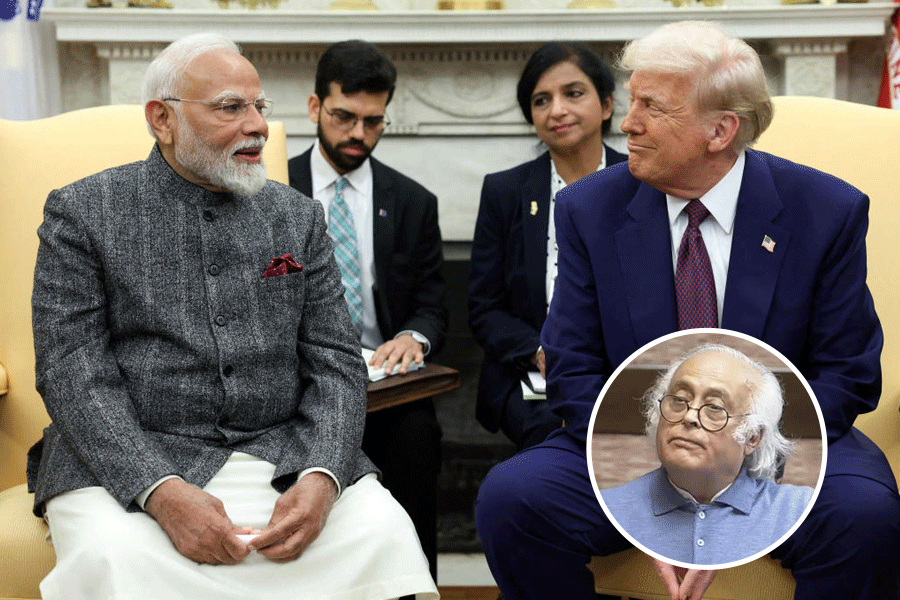 |
Would you like to read a homegrown Jeffrey Archer-esque political thriller? Well, you can soon follow the intrigues of three school friends-turned-politicians who vie to become the prime minister in Delhi Durbar, the first of a trilogy by investment banker-turned-writer K.P. Singh. The book’s being released by Hachette India, the Indian subsidiary of one of the world’s largest publishing houses.
Or would you rather unravel the mind of a female detective? Just get on the trail of Kasthuri Kumar as she tackles a Bollywood crime in Smita Jain’s Piggies on the Railway. Westland Books, the publishing arm of the Tata-backed Landmark Group, will release the first Kasthuri Kumar novel next year (it’s planned as a series). Or, if bodice-ripping historical romances — or rather ‘purdah- jharoka’ ones — are your thing, you can dip into the Kama Kahani series about princely lovers and feisty belles from Random House India.
Indian writing in English has turned over many pages in recent years. Now publishers and writers are bringing out every type of book possible from crime to sci-fi fantasy to romance to the graphic novel and even children’s literature.
 |
| Penguin India’s Ravi Singh believes that with more books being published and a greater variety of writers, it’s natural that new genres will come up |
 |
| Hachette India will plug the gaps in the books market, says its managing director Thomas Abraham Pix:Jagan Negi |
Says Thomas Abraham, managing director, Hachette India: “What’s happening in publishing mirrors what happened in cinema. Just as the divide between commercial and art house cinema has blurred today, we’ve seen that happen in books too.”
It’s not as if Indian writers never penned commercial fiction before. Manohar Mulgaonkar wrote crime in the 1950s and Penguin India published Shobhaa De and Ashok Banker 20 years ago. But this never developed into a body of work. That has changed ever since bestselling author Chetan Bhagat hit the scene.
“Perhaps we’re a more confident nation, and want to write commercial stories for Indians as much as the Booker. Maybe it’s also happening because publishing has become a bigger business,” says Chiki Sarkar, chief editor, Random House India.
Adds Ravi Singh, editor-in-chief, Penguin India, “It’s natural since more books are being published and there’s a greater variety of writers and more retail outlets too.”
The book lists are slowly expanding — and deepening. “New genres are being explored today,” says Abraham.
The publishers are taking a cue from the market. After all, writers like John Grisham or Sidney Sheldon have always clocked the highest sales worldwide. Says V. K. Karthika, chief editor, HarperCollins India: “Publishers always wanted to do this here, and now they’re keen to make it happen.”
Indeed, when HarperCollins ventured into the mass market format with Advaita Kala’s chicklit novel Almost Single in 2007, it consciously picked writers across genres. “The attempt was to do at least four commercial fiction titles so that at the end of a few years, we’d have enough of a list to develop the genres,” says Karthika. That led to a romance like Anuja Chauhan’s The Zoya Factor or a thriller like the Lashkar trilogy by Mukul Deva.
 |
| Publishers always wanted to do commercial fiction in India and now they’re making it happen, says HarperCollins India’s V.K. Karthika |
 |
| At Westland Books, Renuka Chatterjee has opened the window to graphic novels Pix: Jagan Negi |
“At the end of the day, books are also one form of entertainment,” asserts Kapish Mehra, head of Rupa & Co.
Indeed, even niche publishers like Zubaan have expanded into commercial fiction. “Earlier, we were more into classical translated literature. But now we’re also trying to get in younger readers,” says Preeti Gill, editor and rights director, Zubaan.
Gill has just greenlighted a manuscript about a woman detective. “We’re trying to do crime novels by women. We want to grow this list because it’s quite interesting,” she says. Then, there’s a “fantastic collection of stories about women ghosts” by scriptwriter Vinita Coelho. And there’s chicklit too with Stilettos in the Boardroom by Shruti Saxena.
Indeed, if there’s one clear genre that’s emerged, it’s the campus or alumni novel spawned by Bhagat’s success and which has resulted in a host of IIM-IIT graduates-turned-writers. One such is banker Ravi Subramanian, who defined his niche with his first novel, If God Was A Banker. “I want to be the John Grisham of banking,” says Subramanian, whose new novel Devil in Pinstripes is coming shortly.
Or take management consultant Karan Bajaj’s Keep Off the Grass from HarperCollins, which has sold over 35,000 copies. Till Bhagat came along, a book that sold 5,000 copies in India would be classified as a bestseller. Today, the numbers have risen steeply from that level.
 |
| Even niche publishers like Preeti Gill (below) of Zubaan are looking for writers in genres like crime and chicklit to draw in younger readers |
 |
Publishers like Hachette and Penguin, however, believe that the alumni genre, which is unique to India, won’t last for long. “I think alumni fiction will run out of steam pretty soon,” says Abraham.
The fastest-growing genre is chicklit, with Kala’s Almost Single selling 50,000 copies. “Chicklit has come into its own the fastest because there’s a crystal clear audience for it,” says Abraham. Hachette released Faking It by Amrita Chowdhury this year. And coming up is Sangita Nair’s She’s A Jolly Good Fellow about women in the army.
Similarly, Random House has its Kama Kahani historical romances. “We started the series because we’re full of girls in the editorial department who had grown up on historical romances and hadn’t read any desi ones. So we figured we should launch our own,” says Sarkar.
Meanwhile, publishers like Penguin and Westland are promoting radically new genres like the graphic novel.
Westland has released two graphic novels so far. Coming up is Lie by architect Gautam Bhatia. Renuka Chatterjee, chief editor, Westland says: “We’re interested in the graphic novel. Let’s say we’ve opened a window to the genre.”
Graphic novels aren’t selling in large numbers yet. Also, the writers are few like Penguin’s Sarnath Banerjee or HarperCollins’s Amruta Patil. But the space is opening up. “That’s becoming a well-defined genre. I think it will grow though it won’t become a huge segment,” says Penguin India’s Singh.
Then, there’s the fantasy novel, which began with writers like Samit Basu and Ashok Banker from Penguin. There’s at least one fantasy novel published a year today. Zubaan did Payal Dhar’s Shadow in Eternity trilogy for young adults and Anil Menon’s The Beast with Nine Billion Feet recently. HarperCollins is also publishing two fantasy novels next year.
HarperCollins’ Karthika is also keen to develop “commercial women’s fiction” or more mature novels than chicklit. One such is Jaishree Misra’s recent Secrets & Lies.
Abraham reckons that the Indian market will also see the emergence of a crossover segment, which lies between the literary novel and commercial potboiler. “I feel the crossover segment will become the strongest segment in India,” he says. Hachette has just released Amit Varma’s My Friend Sancho and The Englishman’s Cameo by Madhulika Liddle here.
HarperCollins is also eyeing this space with forthcoming novels like Anita Nair’s Lessons in Forgetting and Radhika Jha’s Lanterns on their Horns. “Anita’s novel is light-hearted but it also gets into everything that people feel about relationships. And it cuts across in its writing between the literary and commercial,” says Karthika. She’s also banking on “smarter” marketing and pricing to develop the segment. Nair’s hardcover novel will be priced at Rs 399.
Penguin’s Singh points out that the popular fiction market is “fairly price sensitive”. “And in most of these genre novels, the reviews make very little difference to sales too,” he adds.
The publishers are keen to plug every gap in the market, be it detective fiction or even children’s books, which has so far been dominated by imports. For instance, Hachette’s Abraham is aiming to plug the gap in historical fiction with its Empire of the Moghul series.
Besides, he’s launching a children’s book imprint shortly. Coming up here are books like Rupa Pai’s Taranauts series for younger children, which is set in a universe called Shyn. Then there’s a Harry Potter-like series by Giti Chandra, who teaches literature at St Stephen’s college.
The Young Zubaan imprint is also strong here with titles like the Foxy Four Mystery by Subhadra Sen Gupta, among others.
The publishers want to cater to the widest reading tastes possible. That means they aren’t ignoring the literary novel either. And there’s a big thrust on the huge business and self-help segments too. For instance, Penguin India publishes about 25 business and management books under Penguin Portfolio each year. “That has become a defined and successful segment,” says Singh.
Books on and by business and political icons have become big. So after N.R. Narayana Murthy and Nandan Nilekani, Penguin’s releasing a book by Azim Premji early next year. And HarperCollins is releasing one by S.P. Hinduja, the chieftain of the London-based Hinduja Group, and also an autobiography of Captain Gopinath, formerly of Deccan Airways.
Of course, the publishers face several challenges in developing the genres. For one, there’s the challenge of finding and developing writers. “I’d certainly like to see more good detective fiction and more humour too,” says Westland’s Chatterjee.
Random House’s Sarkar too believes that humour has great potential. “Stand-up comedy is already blooming. We’d love to find more humour writing,” she says. She’s excited about Cyrus Broacha’s debut novel, The World According to Cyrus, which Random’s releasing in December.
But these are sporadic efforts yet, and it may be a while before the genres gain depth. Sarkar says the genres haven’t “wholly developed yet”. But the publishers have made a beginning.
Hachette’s Abraham believes bookstores need to penetrate to smaller towns and book prices need to increase too for the genres to develop. The publishers are confident that in time, these things will happen. For now, though, they’ve written the opening scene of the Great Indian Book Bazaar. The denouement remains to be seen.











